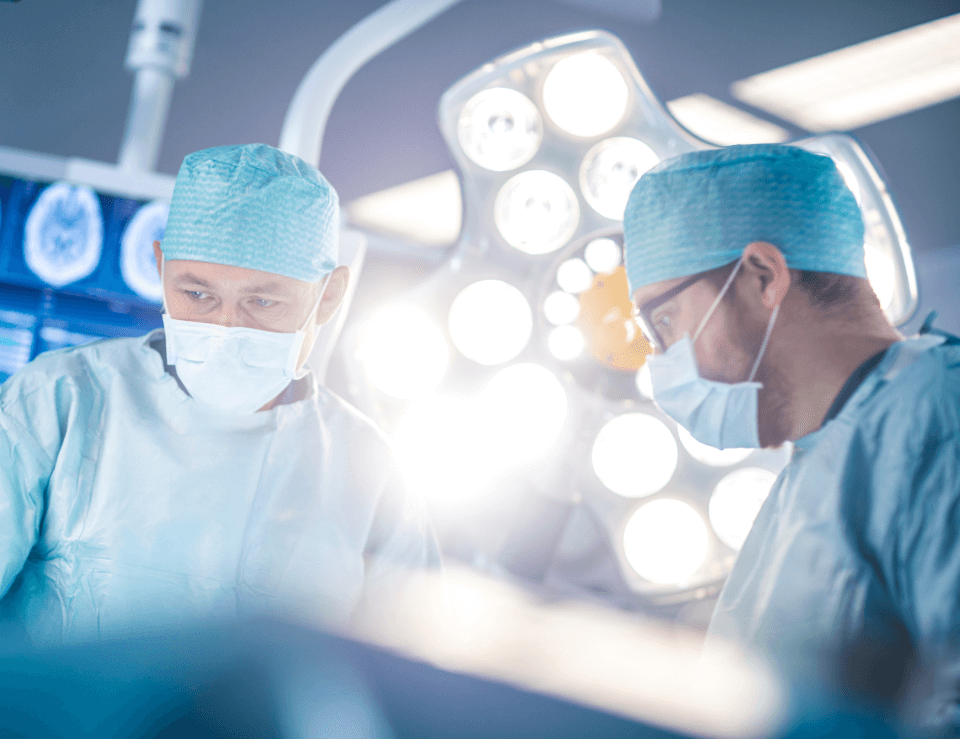Keyhole Mitral Valve Repair: The Human Still Outperforms The Robot

Mitral Valve Repair Surgery
In a recent article published in The BMJ, a team of researchers at The University of Virginia examined the recovery of patients undergoing mitral valve repair performed either by keyhole heart surgery or robotic heart surgery. In total, 576 patients underwent keyhole mitral surgery with 372 patients undergoing robotic mitral valve surgery. Patients in the keyhole group required far less operative time than the robotic group (168 minutes versus 224 minutes). As a consequence to this longer time, the researchers found that patients undergoing robotic mitral valve surgery were more likely to need blood transfusions (15% in robotic versus 5% in keyhole), were more likely to develop irregular heart beat (26% in robotic versus 18% in keyhole ), and actually stayed in hospital for one day longer than the keyhole mitral valve repair group. The quality of the repair was no better or worse in either group suggesting no real advantage in the robotic assisted surgery.
Why should it be that robotic assistance in cardiac surgery appears to be less beneficial than when the surgeon performs keyhole heart surgery without the robot? After all, the robot offers stabilisation of hand movement, and a magnified three dimensional visual field. Well, we know that in certain types of non cardiac surgery procedures, such as prostate surgery, the accuracy offered by the Da Vinci system has indeed shown great promise. These procedures require complex and intricate dissection, and operative time is not critical to the outcome.
But what about complex procedures such as mitral valve surgery where the operation is extremely time dependant. In order to understand the answer this question we must first understand how heart surgery is performed.
The mitral valve is designed to prevent the back flow of blood when the heart contracts. Think of the mitral valve as two flap doors that should open only one way. In patients with a condition called mitral valve regurgitation, one or both mitral leaflets (the doors) fail to close, and instead, they open the wrong way. This allows blood to travel backwards leading to a number of detrimental effects. Patients often become breathless and easily fatigued. Over time the heart damage leads to an irregular heart beat called arial fibrillation.
Surgery is required to repair mitral valve regurgitation when it is severe, and especially when symptoms or heart damage occur. Traditionally, this is performed through a large invasive breastbone cut. Pipes are place into the heart in order support the circulation on a special life support device called a heart lung machine. This allows the surgeon to stop the heart and open the chamber in which the mitral valve resides. This treatment is very effective but healing of the breastbone takes 12 weeks and is associated with undesirable risks such as bleeding, pain, infection, and scarring.
Over the last 20 years some surgeons have developed expertise in keyhole heart surgery. In this technique, the mitral valve is approached through a tiny cut between the ribs on the right side of the chest and long micro-pipes for the heart lung machine are placed through the groin.
Some surgeons have developed highly skilled hand eye coordination with the use of sophisticated long shafted instruments which they use with the aid of a special high resolution two dimensional surgical video camera to perform the mitral repair. Other surgeons have preferred to rely on the augmentation offered by the Da Vinci Robot.
What has become clear is that the use of the robot adds significant time to the surgery and whilst this may not be important for removing someone’s prostate, it is of great importance in mitral valve repair surgery. The longer a patient is on the heart lung machine for example, the greater the risk of organ damage, not just to the heart, but also to other major organs such as the lungs, kidneys, liver, and brain. Longer heart surgery procedures lead to problems with normal clotting mechanisms which we all rely upon after surgery to help us to heal without excessive blood loss. This may well be the reason why patients who underwent robotic surgery in the study cited above experienced more bleeding than those who underwent swifter keyhole heart surgery without the robot.
We asked our top heart surgeon Mr Inder Birdi to comment:
“Over the last 20 years I have been fascinated with finding ways to improve the safety and recovery of patient’s with heart disease. Keyhole heart surgery has helped many patients in my practice, and across the world, to reap the benefits of these magnificent procedures. In our clinical evolution, we have recognised that whilst current robotic techniques could potentially improve the ability of some surgeons to repair the mitral valve, there is the significant disadvantage associated with this because of the increase in the time the patient spends on the heart lung machine. In my opinion this is not a good compromise and we have found that the use of specialised non robotic instruments and 4K camera resolution has allowed us to repair the mitral valve very reproducibly and effectively with excellent outcomes.”
There are some heart procedures which may benefit from robotic assistance suggests Mr Birdi:
“there are certain keyhole heart operations where we do not need to use the heart lung machine, and in these procedures the robot may allow us to reduce surgical trauma. In one such keyhole procedure, called multi-vessel MIDCAB, where we bypass multiple blocks in heart arteries, we have to mobilise the new bypass grafts from within the chest. The use of the robotic assistance might allow the surgeon to reduce the surgical incision size and thereby improve recovery of the patient.”
So, for now, Mr Birdi and the team at The Keyhole Heart Clinic continue to perform mitral valve surgery by keyhole heart surgery rather than robotic surgery.
If you would like to know more about our work you might find the links below helpful:
What Is Keyhole Heart Surgery
Keyhole Mitral Valve Surgery
Keyhole CABG Surgery

